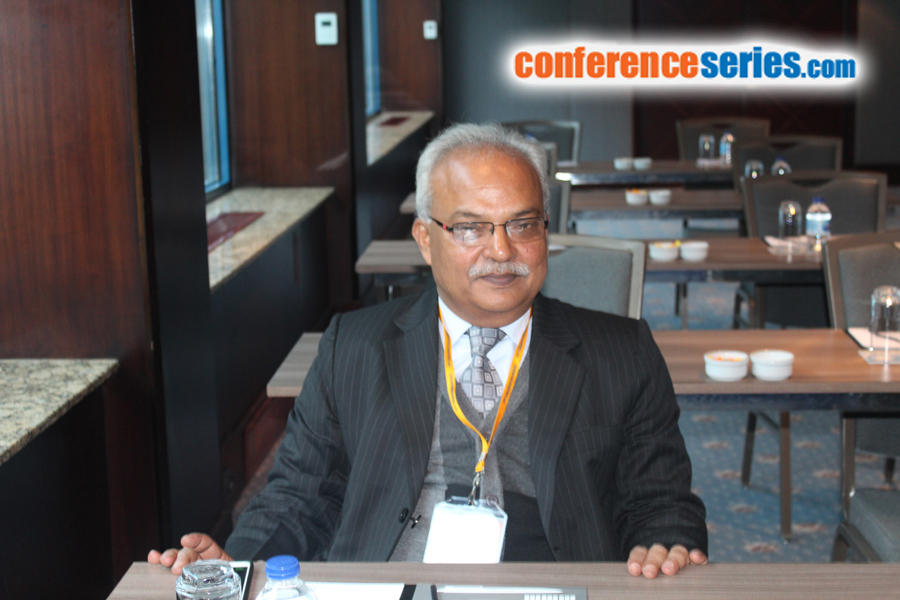
Biography
Biography: Hridaya Shanker Singh
Abstract
Studies about taxonomy and biodiversity of helminthes (including Monogeneans) in India were started from the middle of 20th century by helminthologists who came to this country on medical or military deputation from foreign lands. As regard biodiversity studies related to Indian Monogeneans is concerned, it also started w.e.f., 1940s by workers like - Chauhan, Thapar, Jain, Unnithan, Gupta (SP), Gupta (NK), Agarwal (GP), Ramalingam, Tripathi, Gussev etc. Recently, Pandey and Agrawal compiled a comprehensive account of known species of Monogeneans from India which is estimated to be about 300, which is far from complete. The present talk deals with the taxonomic history of monogeneans in India. It includes the taxonomic tools adopted by Indian helminthologists in the study of monogenean systematics viz., morphological taxonomy, cytotaxonomy, biochemical taxonomy and molecular taxonomy. Indian subcontinent is blessed with five major river systems of India viz., Ganga, Brahmaputra, Indus, East coast and West coast river systems. These rivers are long and are further fed strengthened by many large and important tributaries. Moreover, many small seasonal and perennial rivers also use to contribute to these river systems separately. The investigator is actively engaged in the study of freshwater monogeneans since 1980. The present study reveals that about 35.45% fishes have so far been investigated for monogenean infection in general and still 74% are remaining that are not screened. Helminth parasites, particularly monogeneans lead greater losses on account of having direct life cycle, which can be completed easily in a closed system of fish culture. If we stick to one host one parasite rule, there exists a very big gap as far as state of our knowledge related to biodiversity of freshwater monogeneans are concerned. It is clear from the present review that much remains to be done about this group within India in general and throughout the globe in particular with newer tools including molecular studies.


